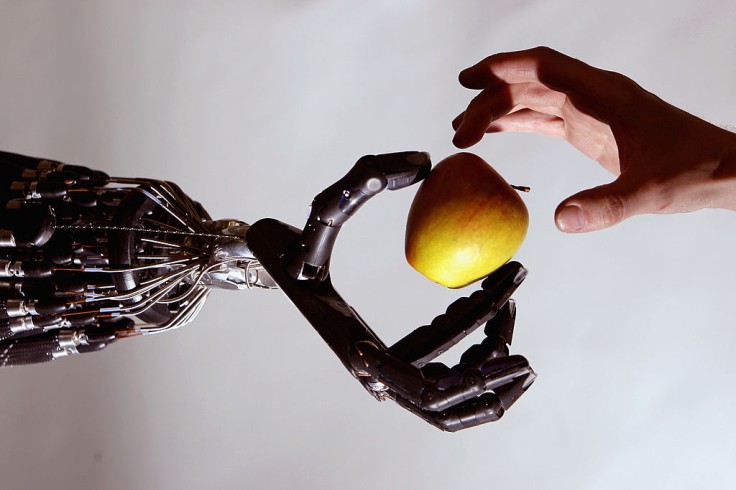
Researchers from the Massachusetts Institute of Technology (MIT) recently invented a robot arm that can search for missing items. It can easily locate keys, passports, library books, cards and other easy-to-miss items in the house. The scientists also shared their big plans for the RFusion Robot.
Many can relate to the experience of losing car keys before work--misplacing it and having no idea where to start looking. Even worse, the house might be filled with clutter. Finding a three-inch key in the middle of all that mess is just impossible, especially when in a hurry.
However, researchers recently developed a robot that could do exactly that. In a matter of minutes, it can automatically detect keys and even grab them from the pile.
RFusion, a shortened version for Robotic Grasping via RF-Visual Sensing and Learning, is the proud work of Tara Boroushaki, Isaac Perper, Mergen Nachin, Alberto Rodriguez and Fadel Adib.
MIT Robotic Arm: Search System with RFID
RFusion's amazing abilities feature two pieces of technology: its robotic arm equipped with a camera and its radio frequency antenna.
To quickly summarize, RFusion uses its antenna to search for items with radio-frequency identification (RFID) tags. When detected, the robot arm will gently sift through any obstructions and grab the missing item.
RFusion takes full advantage of cheap and battery-less RFID chips. These are already found on passports, contactless cards, library books and even the Oyster system used for public transportation in London. Eventually, airlines might also use them to track luggage, and retailers could use them to prevent shoplifting.
Daily Mail explained the technology behind RFusion. For reference, imagine missing car keys underneath a pile of dirty laundry.
RFusion starts by sending signals to the nearest pile of dirty clothes. The keys with an RFID tag then bounces back the signal to the robot.
RFusion then creates a spherical area around the target. It uses its camera to recognize any obstructions in the way and remove them using its robotic arm. RFusion then continues this step until it picks up the tagged object.
Fadel Adib, an associate professor at MIT, said, "this idea of being able to find items in a chaotic world is an open problem that we've been working on for a few years. Having robots that are able to search for things under a pile is a growing need in industry today," per Daily Mail.
Exciting Potential: Robot Arm Future Plans
Researchers of RFusion said they plan to improve the robot for other uses. They hope that one day, the RFusion system could work on sorting piles in warehouses, identifying and installing car components, helping people with their daily tasks and other related functions.
Researchers are still optimizing the RFusion system and algorithm on reading its environment. For their immediate plans, researchers try to increase the robot's speed by making it move smoothly when picking up the target object.









